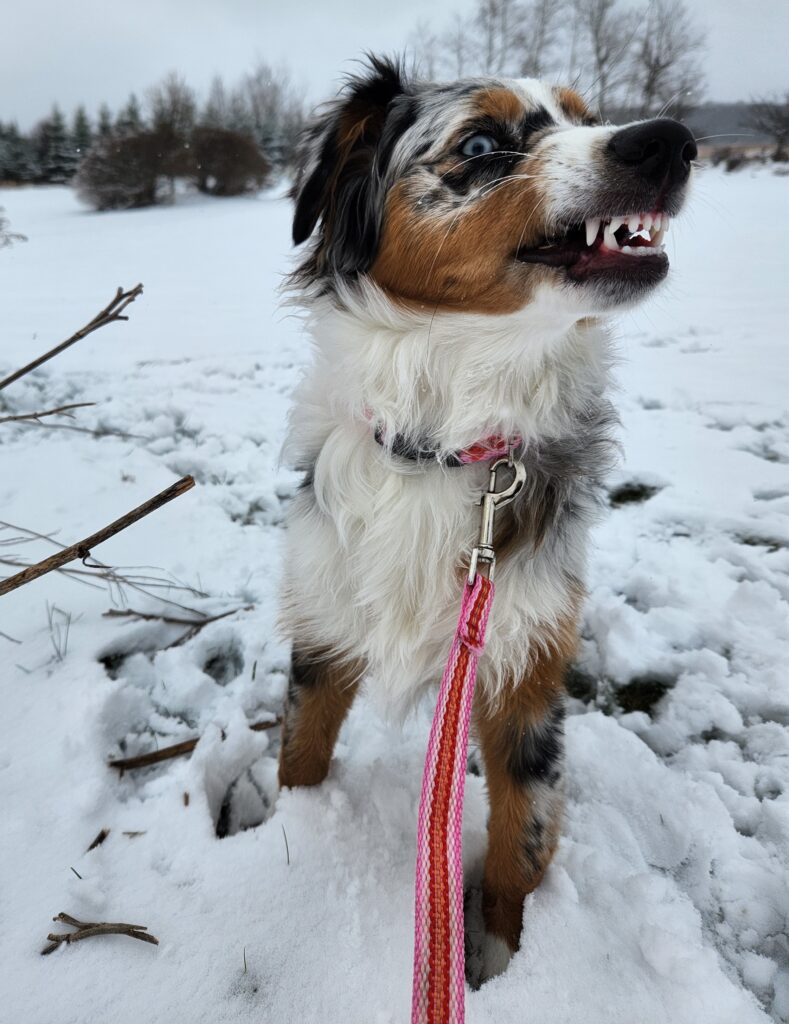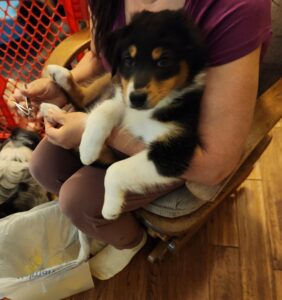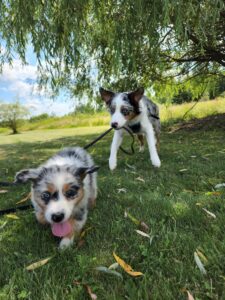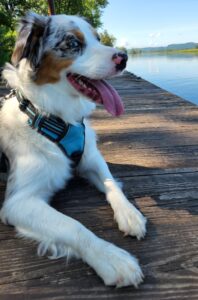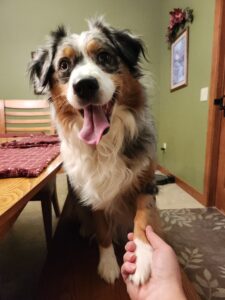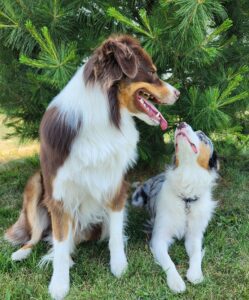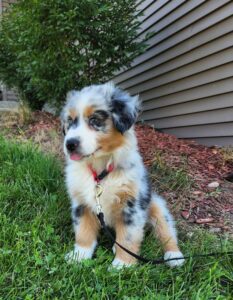Recognizing body language associated with fear is crucial to your understanding. Dogs, like humans, have a range of emotions, and fear is a natural response to perceived threats. However, because dogs cannot communicate with words, they rely on physical cues to express their feelings. Being able to identify these signs can help you provide the correct response and address the source of their fear effectively. In this guide, we will explore the various ways dogs exhibit fear through their body language and what you can do to support them.
The Nature of Fear
Fear is an emotion linked to survival. When an animal perceives a threat, it may react by moving away, hiding, or fighting if confronted. This basic survival mechanism often stems from a response to a stimulus perceived as frightening, the sensation of pain, or danger. When a dog encounters something scary, the flight or fight mechanism is activated, causing several physiological changes. The heart rate accelerates, muscles tense, breathing rate increases, and blood flows to skeletal muscles, preparing the body for action. The amygdala, a brain structure, is responsible for these reactions, secreting hormones like epinephrine, norepinephrine, and cortisol, which create a sense of alarm and alertness.
Evident Signs of Fear in Dogs
Backing Away, Cowering, Hiding, or Moving
Dogs going into “flight mode” try to make themselves look as small as possible, almost as if saying, “I am harmless, please leave me alone.” They shrink, with their body carried low, head down, flattened ears, and tail between the legs. Often, the dog moves away as it cowers or hides behind the owner’s back. Contrary to popular belief, a cowering dog doesn’t necessarily have a history of abuse; they may be genetically fearful, poorly socialized during puppyhood, or have learned that cowering keeps them safe.
Barking, Growling, or Lunging
Some dogs prefer to go into “fight mode” by acting aggressively. Rather than backing off, these dogs move forward, lunging, barking, showing teeth, and growling. They may try to make themselves look bigger by erecting the fur on their shoulders, keeping the ears forward, and the tail up. This bluffing behavior often causes people or other dogs to back off, reinforcing the aggressive display.
Trembling
Scared dogs may visibly shake, as if cold. It’s common to see small dogs tremble and some high-strung dogs are prone to shaking when nervous or scared.
Less Evident Signs of Fear and Stress
Anal Gland Emission
Scared dogs may excrete a strong-smelling discharge from their anal glands, signaling fear to other dogs.
Dilated Pupils
A physiological response to the flight or fight mechanism. Large pupils indicate the dog saw or heard something frightening.
Displacement Behaviors
Out-of-context behaviors, like sudden itching or sneezing, occur when dogs are uncomfortable.
Leaving Sweaty Paw Prints
Dogs sweat from their paw pads when scared. You might see this at the vet’s office.
Licking Lips
Fast lip flicks indicate discomfort. You might see this when dogs are startled.
Panting
Dogs pant when exercised, hot, in pain, or scared. If your dog pants without an obvious reason, they may be stressed.
Refusal to Take Treats
Scared dogs may lose their appetite and refuse treats.
Shaking the Fur
Dogs may shake their fur (like when removing excess water) after a stressful event as if to forget and move on.
Submissive Urination
Intimidated dogs might pee submissively to show respect.
Walking in a Zig-Zag Motion
Scared dogs might walk in a zig-zag pattern and sniff the ground to calm themselves.
Whale Eyes
Whale eyes occur when the whites of the dog’s eyes show. It’s seen when dogs turn their heads but want to keep an eye on something.
Yawning
Yawning can be a sign of tension release, not tiredness. It’s one of the “calming” signals dogs use.
Conclusion
Recognizing body language associated with fear and understanding fear in puppies is essential for their development and well-being. By using positive reinforcement and desensitization techniques, you can help your puppy overcome their fears. Patience and consistency are key, as building a sense of security and trust takes time. With the right approach, you can guide your puppy through their fears, ensuring they grow into confident and well-adjusted dogs.

